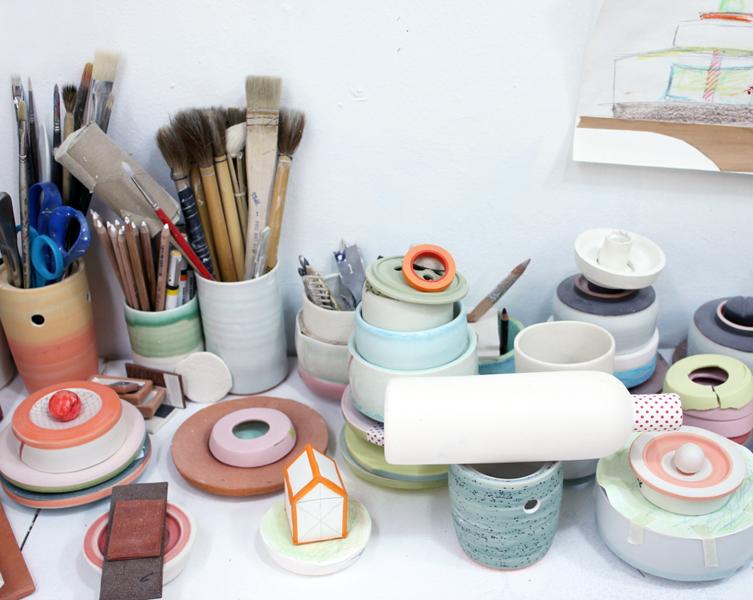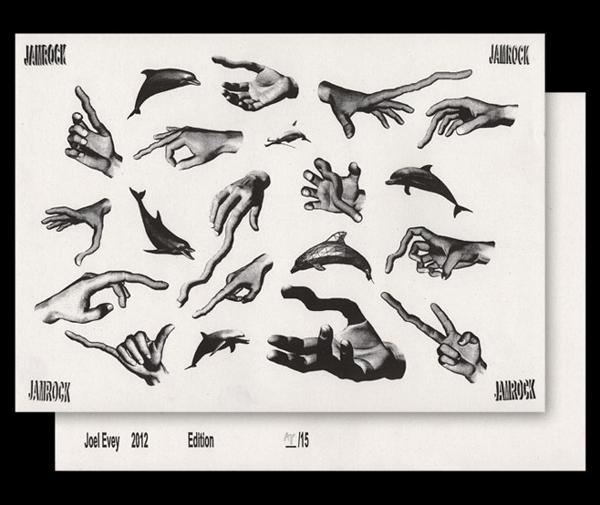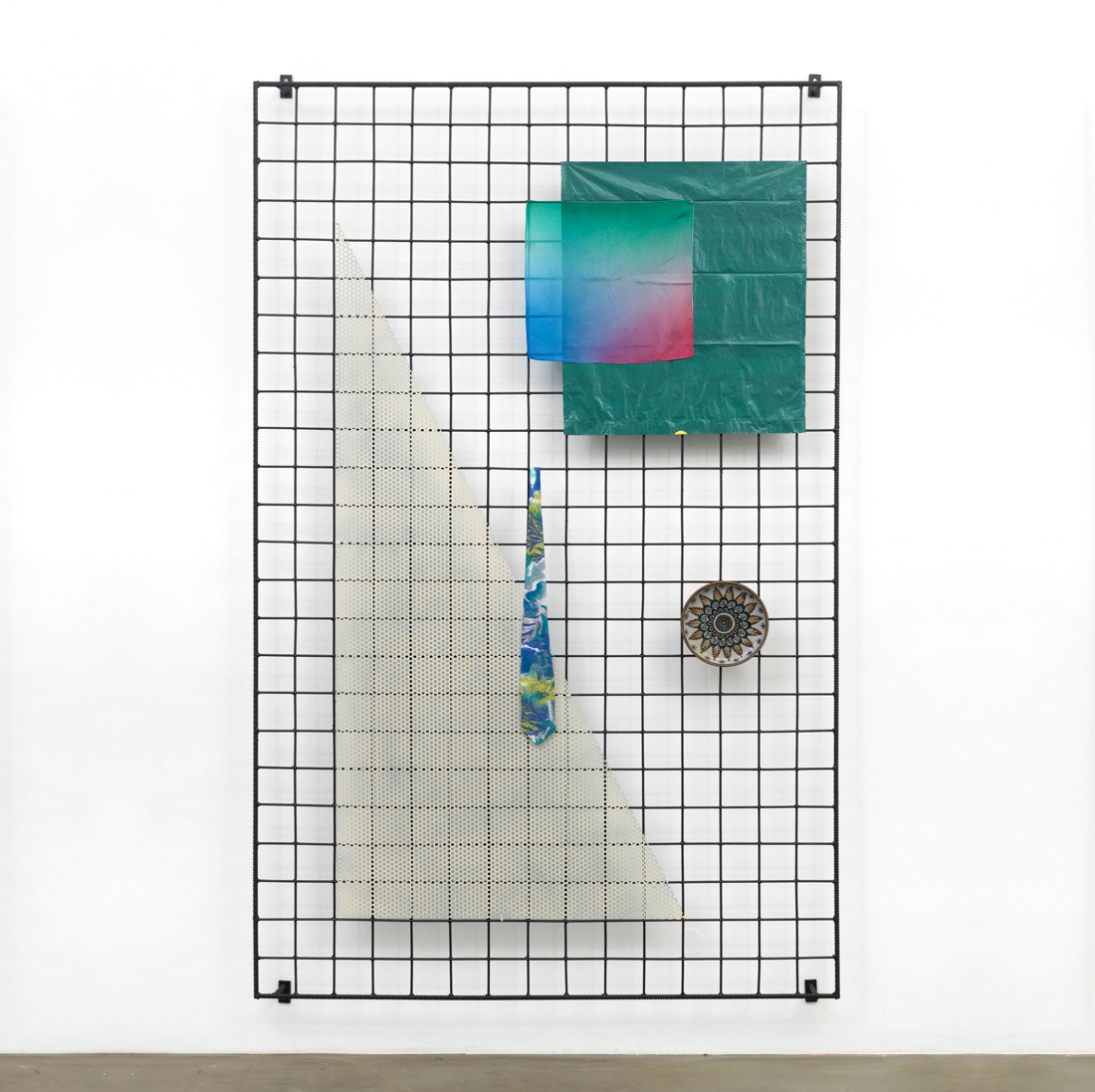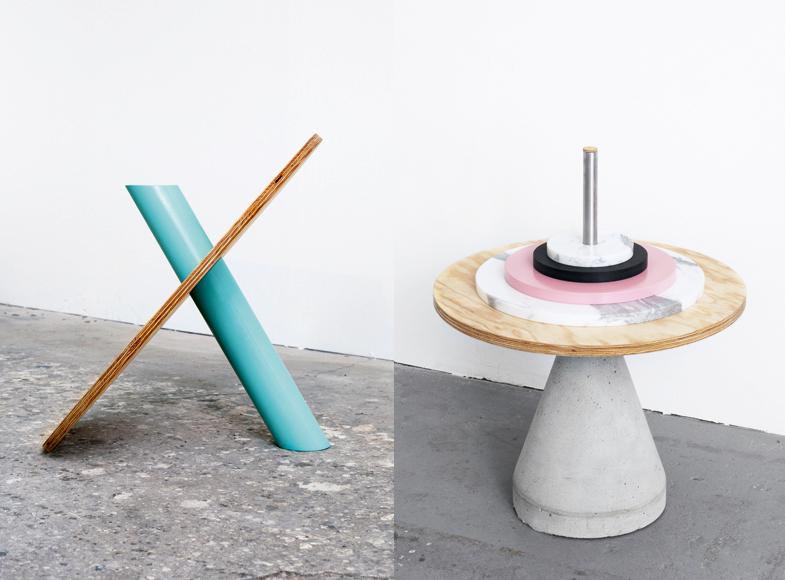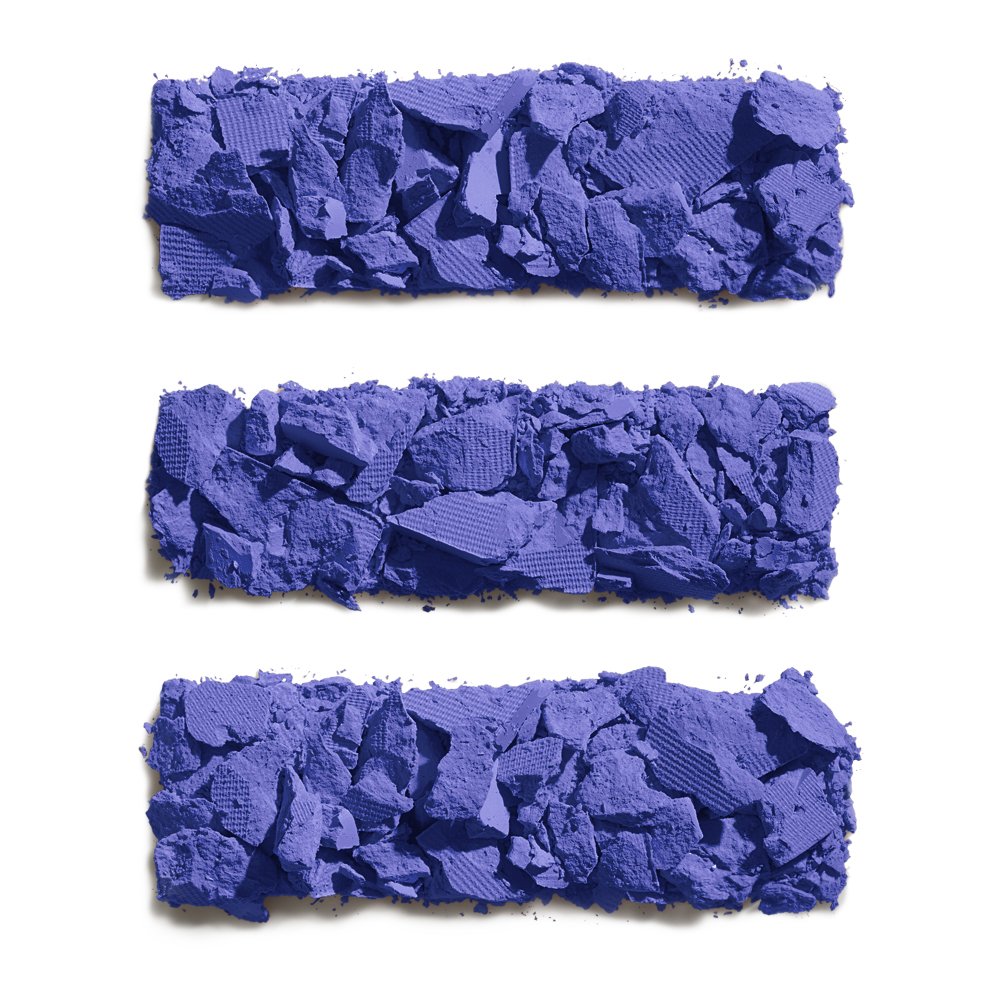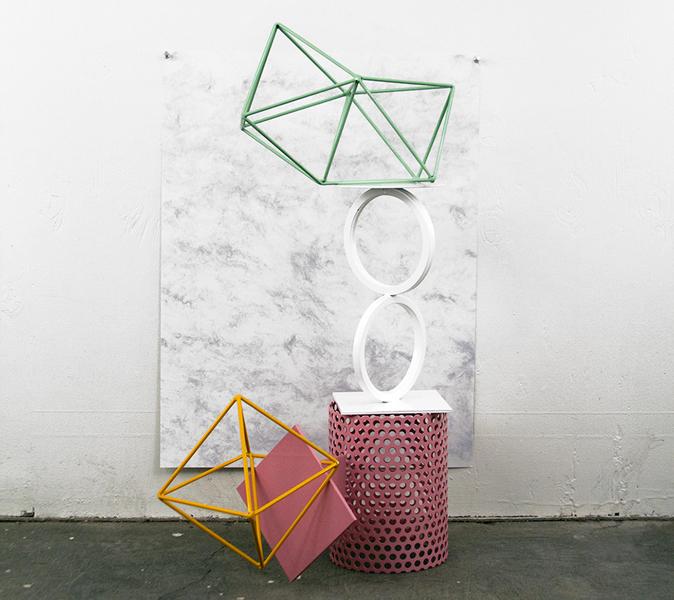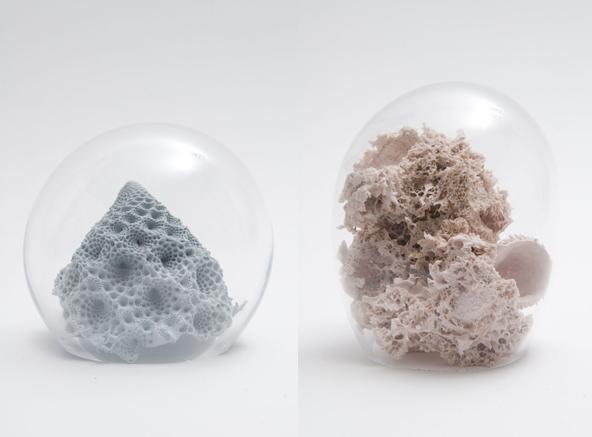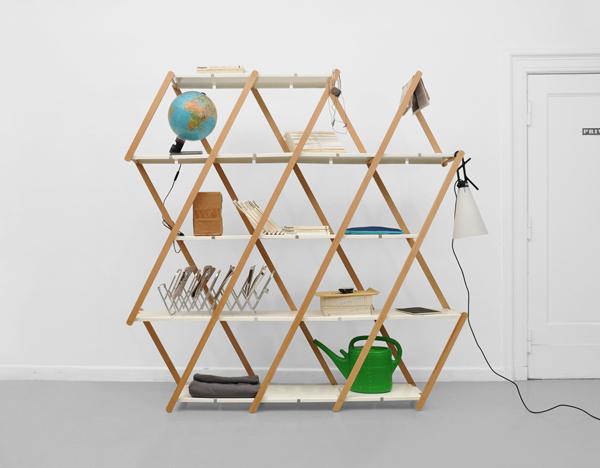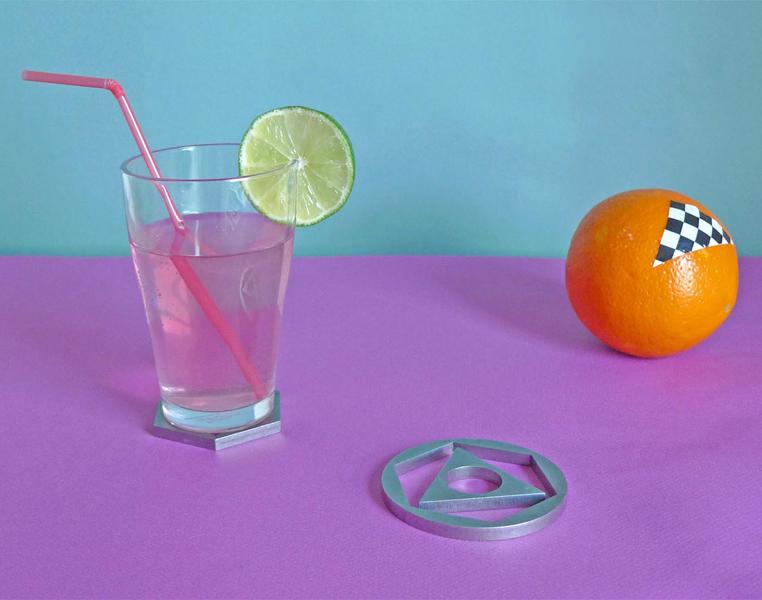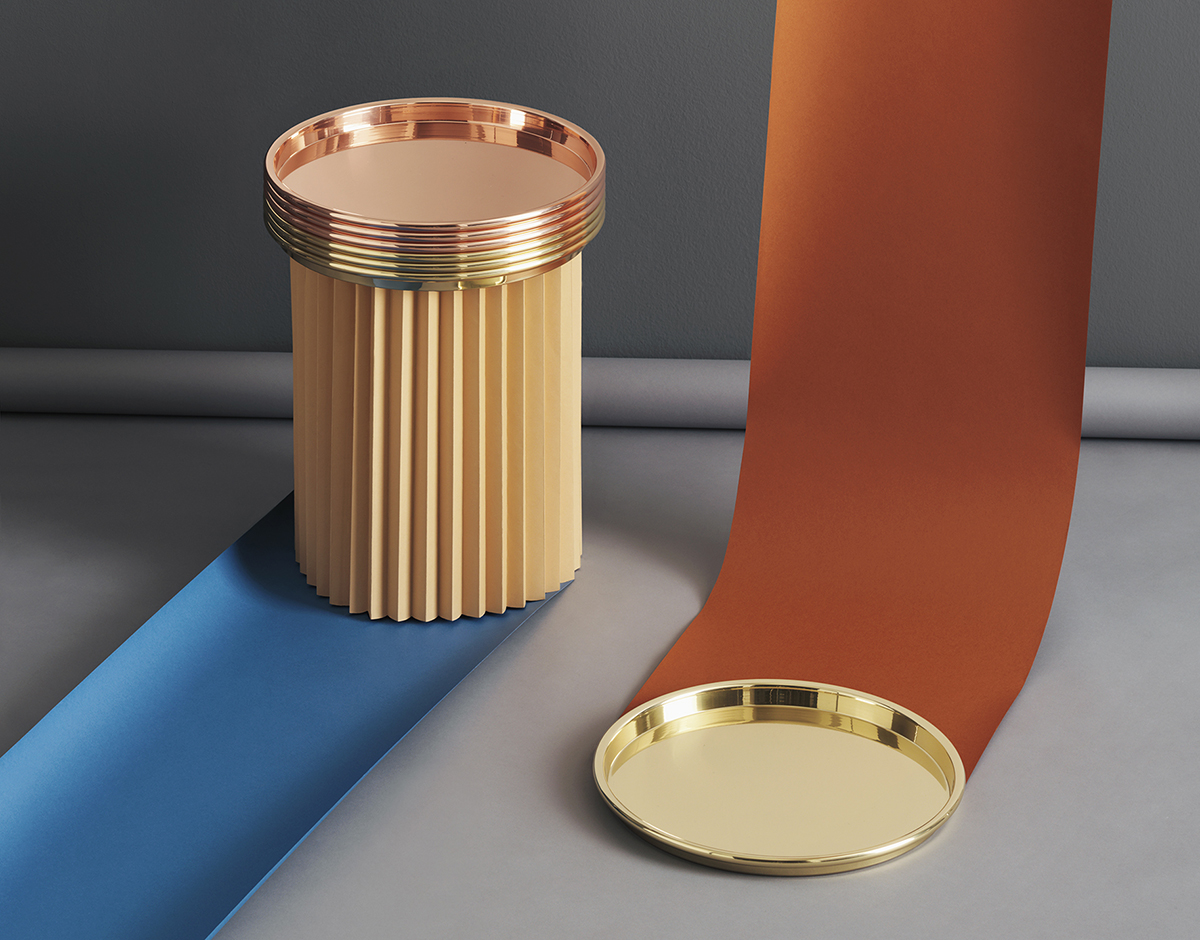
07.10.13
Up and Coming
Pauline Deltour, Product and Furniture Designer
Okay, let's get this out of the way as quickly as possible: Yes, Pauline Deltour spent a few years as a designer in Konstantin Grcic's studio. And yes, Grcic may have made a few strategic phone calls on her behalf, jumpstarting her career once she struck out on her own in 2009. But considering that was four years ago, and the 30-year-old Paris-based talent has since turned out more than a few painfully elegant designs for the likes of Discipline and Kvadrat, we thought it was worth stating for the record that she's become quite the rising star in her own right — not to mention one of design's most promising new female voices. We checked in with Deltour, who describes her practice as aspiring to create "self-evident" objects, to find out what she's been up to lately.
